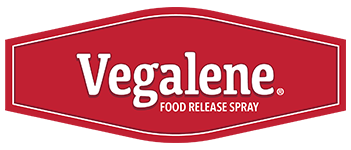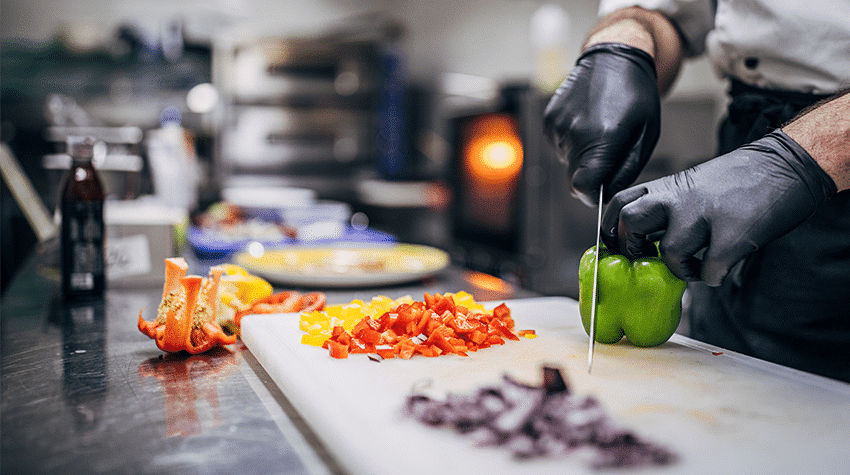Mar 20, 2023
How to Avoid Cross Contamination in Your Kitchen
Cross contamination is a risk that all food service professionals must consider at all steps in food preparation. Using proper techniques to avoid cross contamination can prevent foodborne illnesses or allergic reactions. The most common type of cross contamination is bacteria. The transfer of pathogens from one food item to another can occur at any stage of the food preparation process. For example, when preparing raw meat, bacteria can be transferred from the juices, but it can also be transferred through contact with packaging or surfaces that have been contaminated by the raw meat.
Cross contamination is not difficult to prevent. Keeping your equipment and workspace clean and dry will help to prevent any type of bacteria from spreading. Equipment that comes in contact with raw meat should be cleaned and dried thoroughly before being used with other foods. Similarly, any utensils that come in contact with raw meat should be wiped down and sanitized with hot water.
Keep fruits and vegetables separate from raw meat, seafood, and poultry. Raw meat should be kept in plastic bags or containers to keep bacteria from contaminating other items. If you plan on storing raw meat on the counter, be sure to capture the juices when they seep out.
Creating a food temperature log will also help you to avoid cross contamination. As hot food cools, use a thermometer to determine when the food reaches a cool enough temperature, then it should be placed in the refrigerator. If food is placed in the fridge while it is too warm, it can encourage the growth of bacteria. Maintain an independent set of thermometers for each food item or use color-coded probe thermometers to ensure that you are cooking food at a safe temperature. Alternatively, you can use disposable thermometers.
Using separate equipment to keep allergen containing foods apart can prevent unwanted allergic reactions. For example, make sure that bread containing gluten and gluten-free bread are prepared using different utensils and toasters to eliminate any chances of cross contamination. Switching your pan release spray to an allergen free version such as Vegalene Allergen Free Pan Release Spray can save your operation time and money by having one spray that does it all while preventing any cross contamination of common allergens. If you are a baker worried about gluten contamination, try Bak-klene Gluten Free Bakery Release Spray.
Using disposable gloves when working with food and avoiding using the same utensils for different foods are some easy ways to prevent the spread of bacteria or allergens. Be sure to change your gloves whenever you are handling new foods. Then, ensure that all equipment and utensils are sanitized with a bleach solution or other disinfectant.
Other ways to prevent spread can include using a sneeze guard to protect your customers’ eyes and nose from contaminants when serving. Also, be sure waitstaff is handling dishes by their base, washing hands regularly, and using separate serving utensils and plates for each different item. While it is impossible to eliminate the risk of cross contamination entirely, a comprehensive food safety management system (FSMS) can provide protection from these risks.
Whether you are a professional chef or a home cook, knowing the basics of preventing cross contamination in the kitchen is crucial. Taking the time to learn about the hazards of cross contamination and how to avoid it can save your customers from health problems.

 Cart ( 0 )
Cart ( 0 )